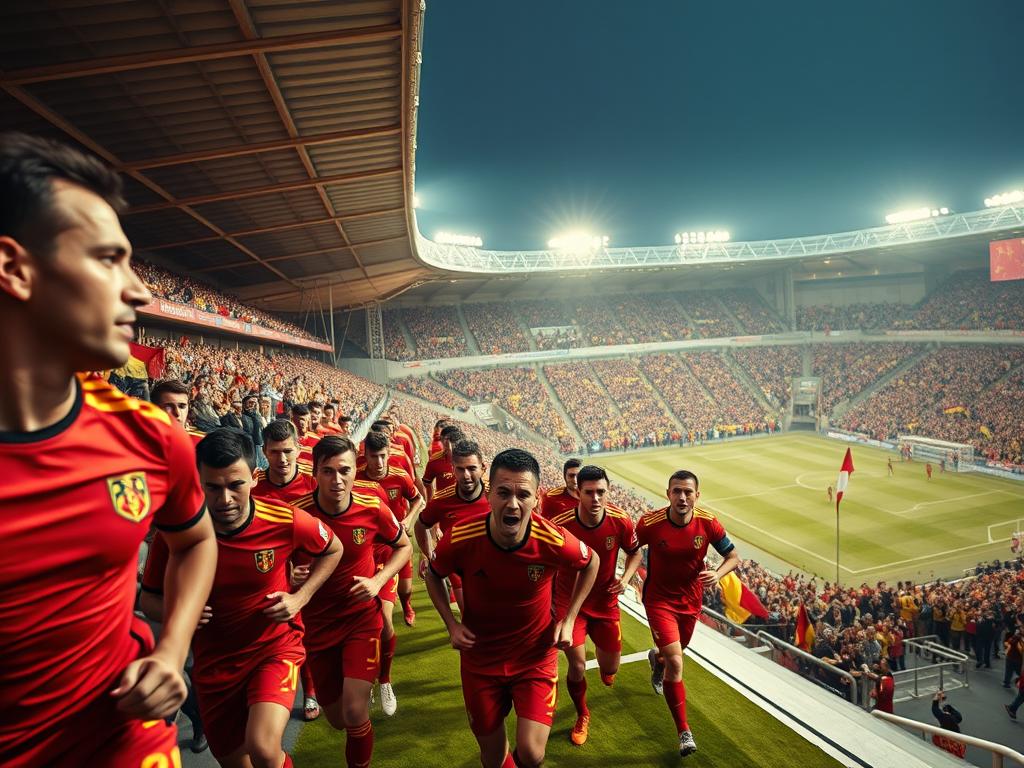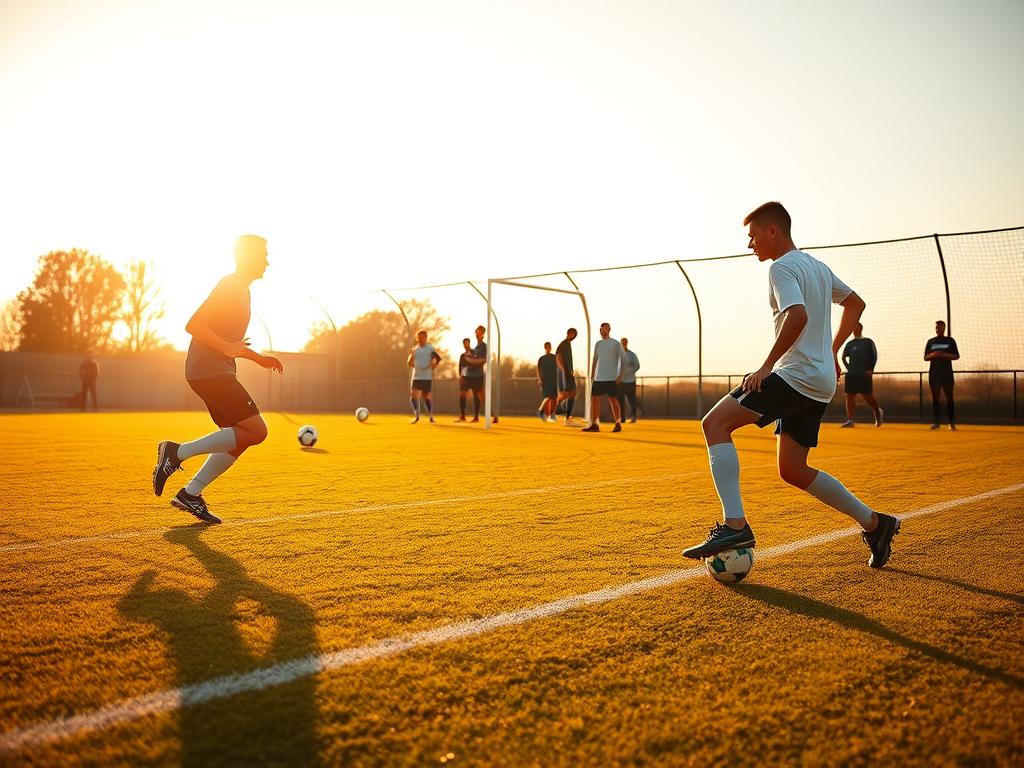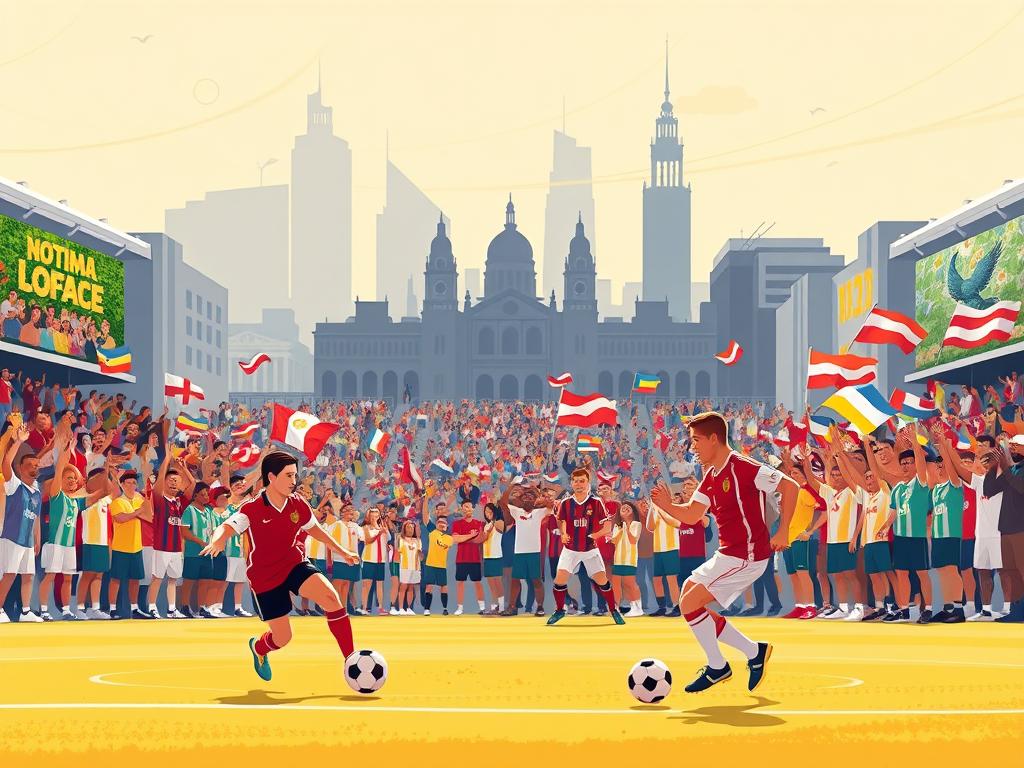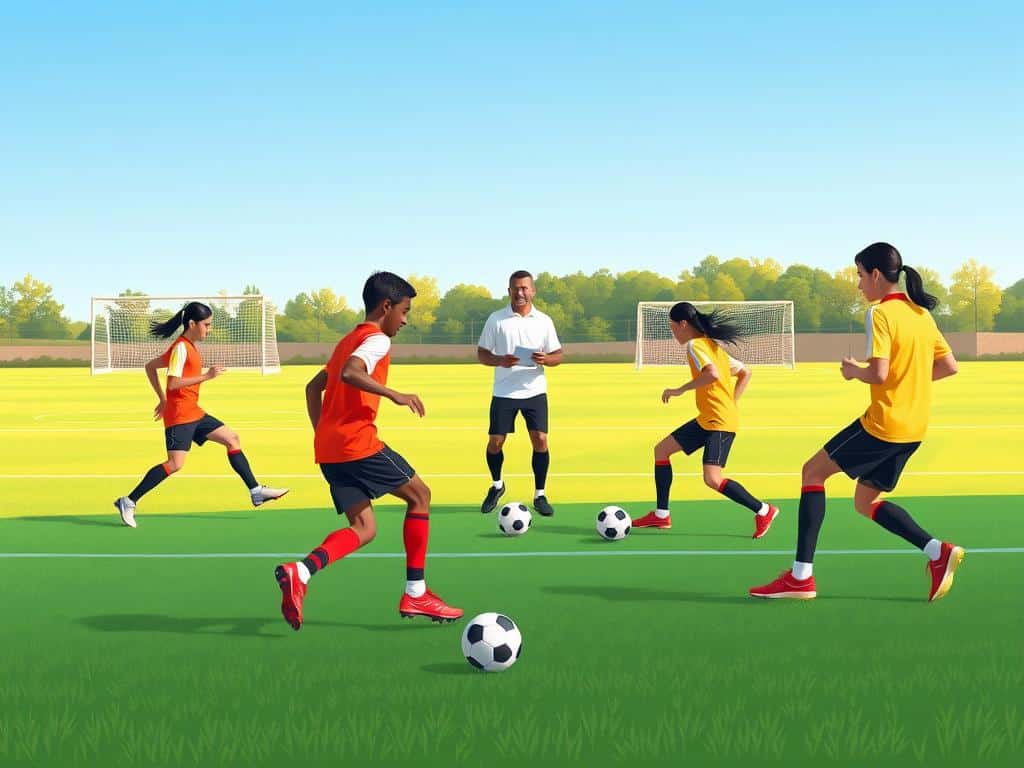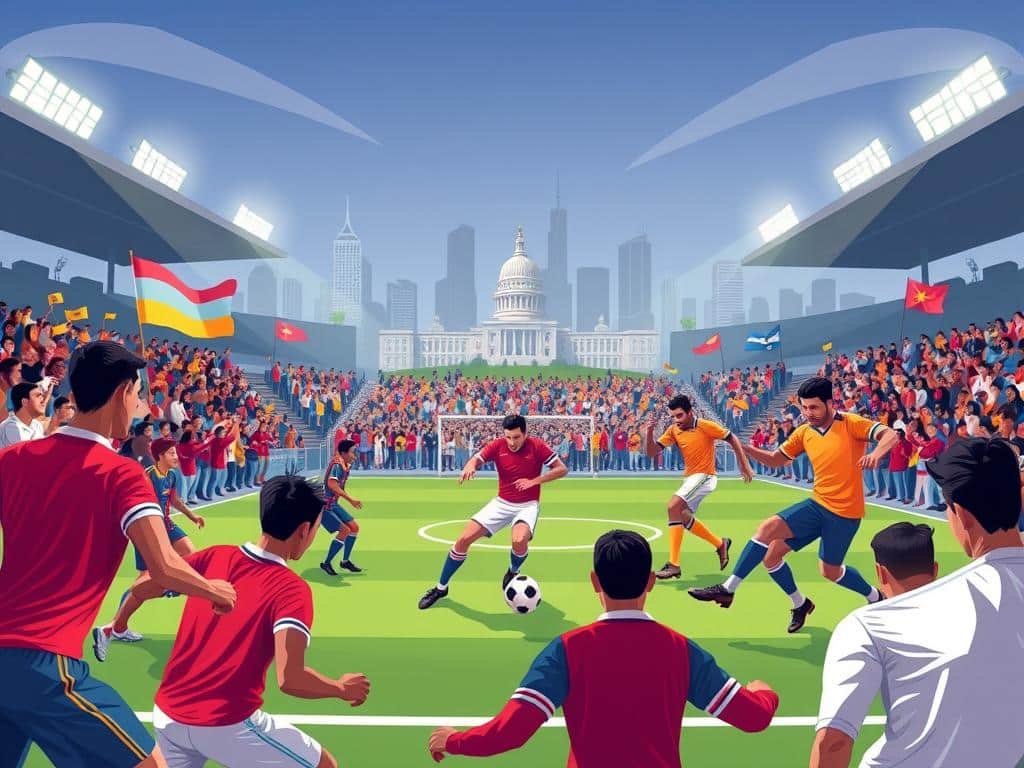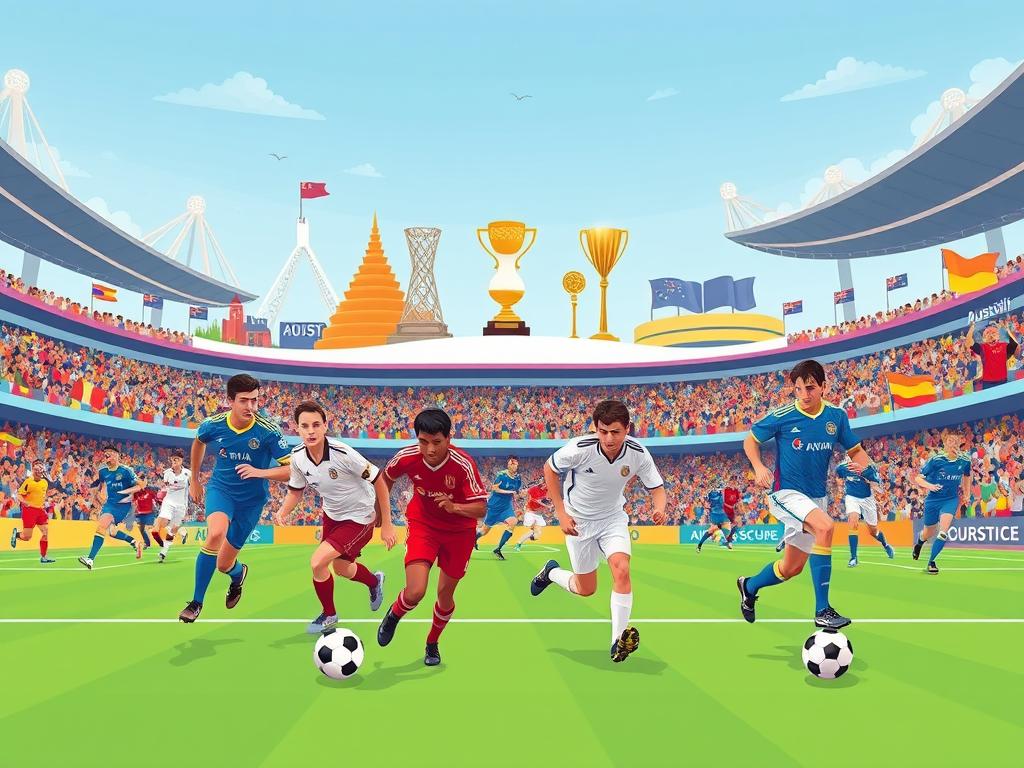Did you know that a squad once ranked 66th in the world climbed to FIFA’s top spot in just a decade? That’s the incredible journey of Belgian football, where talent, strategy, and passion collided to create a modern soccer powerhouse.
This team’s evolution is no accident. A mix of youth development, tactical brilliance, and multicultural stars turned them into contenders. Fans and experts alike call this squad the “Golden Generation”—and for good reason.
From their thrilling 2018 World Cup run to dominating the rankings, their story inspires. Players like Lukaku and visionary coaches reshaped the game. Ready to dive into how they did it?
From Obscurity to Excellence: Belgium’s Football Transformation
Picture a football nation invisible on the global stage—until one shocking moment changed everything. For years, the team languished in FIFA’s basement, failing to qualify for six straight tournaments between 2002 and 2014. Even the most loyal fans struggled to find hope.
The pre-2000 struggles: A team in the shadows
By 2007, the country hit rock-bottom—ranked 71st worldwide. Missing five consecutive major tournaments became the norm. Critics dubbed it the “lost decade,” with the team rarely advancing past the group stage when they did qualify.
Euro 2000 humiliation as the turning point
The low point came at Euro 2000, co-hosted on home soil. A 2-0 loss to Turkey at King Baudouin Stadium left fans tearing up white balloons in despair. Goalkeeper Filip de Wilde’s blunders symbolized the rot. But this disaster sparked a revolution.
Behind the scenes, Michel Sablon, the technical director, began drafting a blueprint. The world cup dreams of tomorrow were born from yesterday’s failures.
The Blueprint Behind the Belgium National Soccer Team Rise
What if a single document could transform an entire football nation? That’s exactly what happened when technical director Michel Sablon unveiled his 2002 masterplan. His vision turned youth development upside down—starting with a radical 4-3-3 mandate.
Michel Sablon’s revolutionary 2002 plan
The Belgian FA forced every youth academy to adopt 4-3-3 formations. No exceptions. Early results? A brutal 7-1 U17 loss to France showed growing pains.
But Sablon’s plan had science backing it. Researchers studied 1,500 youth matches. Their finding? Smaller pitches and fewer players boosted technical skills dramatically.
Adopting the 4-3-3 system nationwide
Top clubs like Anderlecht went further. Their “no tackling” policy forced defenders to think first. Young stars like Lukaku flourished under this system.
Today, every level of Belgian football speaks the same tactical language. That consistency produced the golden generation—proof that bold clubs and a clear technical director can rewrite history.
Golden Generation: The Players Who Changed Everything
Romelu Lukaku wasn’t just scoring goals—he was rewriting history by age 28. This squad blended attacking flair with rock-solid defense, turning matches into masterclasses. Nine players earned 80+ caps by 2021, proving their consistency and chemistry.
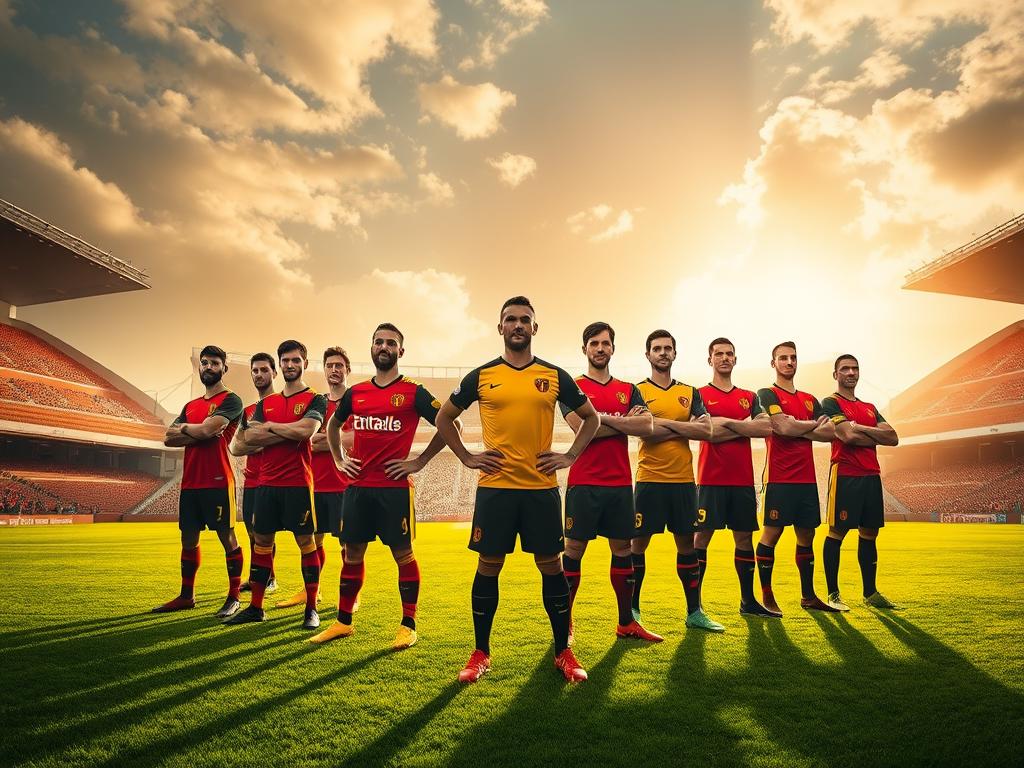
Premier League stars: Hazard, De Bruyne, and Lukaku
Eden Hazard’s Chelsea years shaped Belgium’s attacking DNA. His dribbles sliced defenses, while Kevin De Bruyne delivered passes with laser precision. The Premier League’s assist king turned playmaking into an art form.
Lukaku’s journey from Anderlecht rookie to Serie A champion mirrored the team’s rise. His physicality and finishing made him the nation’s all-time top scorer.
Defensive pillars: Kompany, Vertonghen, and Courtois
Vincent Kompany’s leadership was the backbone. He organized the backline like a conductor, while Jan Vertonghen brought tactical intelligence. Together, they turned defense into a fortress.
Thibaut Courtois added Champions League pedigree. His saves in critical moments boosted the team’s confidence. From youth clashes with Lukaku to global stages, he delivered when it mattered.
Youth Development: Building Talent from the Ground Up
Imagine schools where kids train like pros before they even hit high school—that’s Belgium’s secret weapon. While others scouted stars, they built them, brick by brick, through a system blending education and elite football.
Topsport Schools and Federation-Led Training
At a young age, players enter Topsport schools—eight academies launched between 1998–2002. Four weekly sessions sharpen skills, while federation coaches oversee 6–18-year-olds at partner schools. Free coaching courses multiplied certified trainers tenfold, ensuring no talent slips through.
Here’s the twist: grades matter. At Anderlecht, academic performance determines training eligibility. “Purple Talents” like Lukaku transformed from raw power to polished stars under this model. The way they train is just as critical—youth matches mandate 70% possession, drilling creativity under pressure.
Anderlecht’s “Purple Talents” Success Story
Top clubs like Anderlecht redefined development. Their academy banned tackling for defenders, forcing smarter play. Lukaku’s rise—from “unpolished” teen to Serie A champion—proves its impact. Meanwhile, Genk’s system honed De Bruyne’s vision and Courtois’ reflexes, showing how tailored programs build complete players.
This isn’t luck. It’s a blueprint—one that turns potential into trophies.
Tactical Evolution: How Belgium Rewrote Their Playbook
Tactics win matches, but evolution wins championships—just ask Belgium’s masterminds. In just a few years, they swapped defensive rigidity for attacking flair, becoming a world-class force. The secret? A bold shift in strategy and a coach who dared to innovate.
From defensive 4-4-2 to attacking 4-3-3
Gone were the days of cautious 4-4-2 setups. Belgium’s switch to 4-3-3 unleashed their midfield maestros. Smaller pitches in youth clubs honed quick passes, while the system prioritized possession. By 2018, they averaged 3 goals per game—proof that risks pay off.
Roberto Martínez’s modern adaptations
Martínez blended Spanish tiki-taka with Premier League physicality. His “shared aspiration” philosophy united the group, from stars to subs. Key moves:
- Hybrid roles: De Bruyne roamed freely, linking defense to attack.
- Three-deep squads: Every position had backups, ensuring level consistency.
- Coaching futures: 23 players pursued UEFA licenses, embedding tactics long-term.
Vertonghen’s shift to wing-back symbolized this flexibility. The result? A squad worth 5x more than in 2011—and a playbook studied worldwide.
The Premier League Connection
The Premier League isn’t just a competition—it’s Belgium’s finishing school for world-class talent. By 2021, 15 of their 23-man Euros squad called England home, blending high-tempo football with tactical versatility. Eden Hazard put it best: “We share England’s DNA—fast, physical, and fearless.”
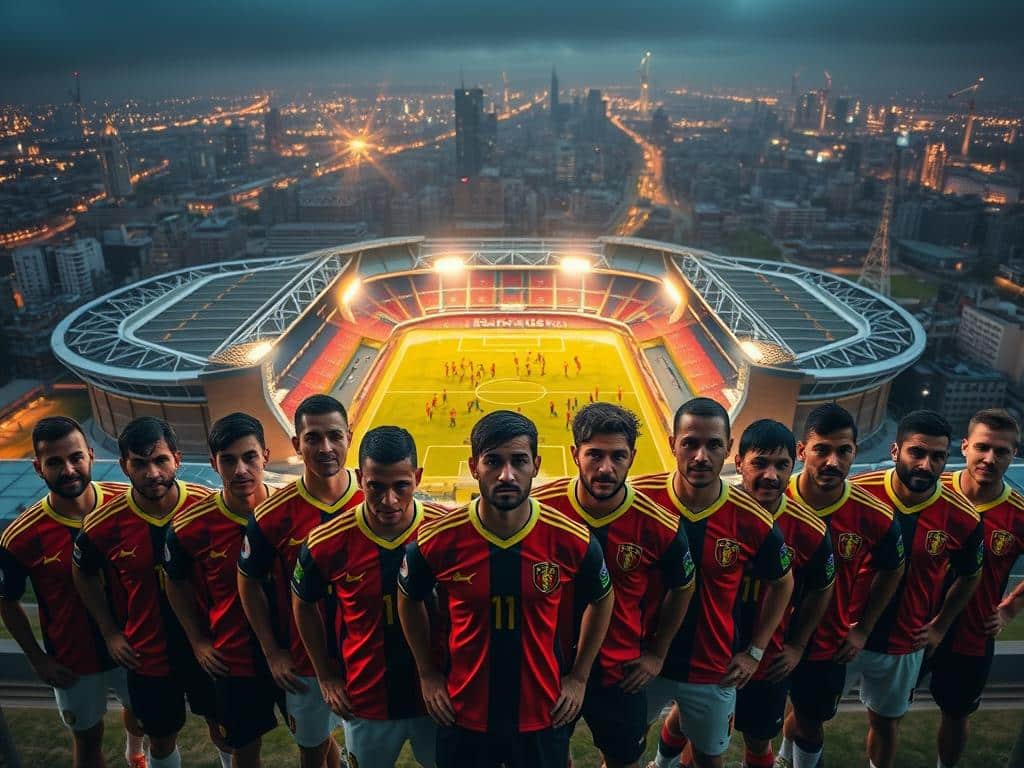
How English football shaped Belgium’s stars
Manchester City became a hub for Belgian excellence. Kevin De Bruyne transformed into a midfield maestro under Pep Guardiola, while Vincent Kompany’s leadership inspired a generation. Across London, Chelsea’s loan system polished raw gems like Lukaku and De Bruyne, proving development isn’t always linear.
Tottenham’s defensive duo—Jan Vertonghen and Toby Alderweireld—showcased the Premier League’s defensive rigor. Their partnership, forged over 200+ matches together, became the backbone of Belgium’s backline. Even Leicester’s Youri Tielemans added next-gen flair, scoring a stunner in the 2021 FA Cup final.
Shared playing culture and its benefits
Why does this synergy work? The answer lies in style. England’s fast-paced matches mirror Belgium’s tactical evolution. Wing-backs overlap, midfielders dictate tempo, and strikers press relentlessly—a way of playing perfected across Premier League seasons.
With 73% of the 2021 squad in top-five leagues, the pipeline thrives. From academy loans to Champions League nights, the Premier League didn’t just host Belgian players—it sculpted them.
Cultural Mosaic: Diversity as Belgium’s Secret Weapon
What happens when a squad speaks five languages but plays one beautiful game? For Belgium, diversity isn’t just background noise—it’s the engine of their success. With 65% of the 2021 squad having immigrant roots, this country turned cultural fusion into a world-class advantage.
Immigrant roots of key players
Romelu Lukaku’s Congolese heritage shaped his powerhouse style. His physicality and relentless drive mirror the streets of Kinshasa. Meanwhile, Morocco-born Nacer Chadli delivered the 2018 World Cup winner against Japan—proof that diverse backgrounds bring clutch moments.
Vincent Kompany bridged divides too. As captain, he united Flemish and Walloon people, turning locker-room unity into on-field chemistry. Even coach Roberto Martínez’s Spanish-Scottish roots added tactical flexibility.
Multilingual dressing room dynamics
Chats here sound like a language festival. French, Dutch, English, and more swirl daily. This isn’t just quirky—it’s strategic. Multilingualism prevents tactical leaks and builds deeper bonds.
Lukaku put it best: “Our diversity makes us unstoppable.” When a group understands each other beyond words, they play with rare synergy. That’s the magic of Belgium’s mosaic—a part of their game no opponent can replicate.
Milestones on the Road to #1
Climbing to #1 isn’t luck—it’s a series of unforgettable moments. For this squad, the journey included historic wins, heart-stopping saves, and a fanbase that painted cities red. Let’s dive into the years that reshaped their legacy.
2014 World Cup: The breakthrough quarterfinal
The 2014 world cup marked a turning point. After missing five straight tournaments, they stormed the stage with flair. A last-16 win over the US—sealed by Romelu Lukaku’s extra-time brace—sent them to their first quarterfinal since 1986.
Though Argentina ended their run, the message was clear: this squad could compete with the best. Fans finally had hope—and the stats proved it. They scored 6 goals in 5 matches, with Courtois earning 3 clean sheets.
2018: Reaching FIFA’s top ranking
Four years later, they dominated. The 2018 world cup showcased their golden era:
- De Bruyne’s rocket: His 31st-minute strike against Brazil became an instant classic, sealing a 2-1 quarterfinal win.
- Courtois vs. Neymar: A jaw-dropping save in stoppage time preserved their lead, etching the keeper into folklore.
- Brussels’ Grand Place: 325,000 fans celebrated their #1 ranking, chanting under fireworks.
Even a semifinal loss couldn’t dim the pride. Their bronze medal felt like gold—proof that consistency breeds greatness.
Belgium’s Future: Sustaining the Golden Era
The future shines bright for this golden generation, with young stars ready to carry the torch. Twenty-three current players are pursuing UEFA coaching badges, ensuring tactics evolve alongside talent.
Youri Tielemans, just 24, leads the next wave. Meanwhile, Jérémy Doku’s blistering speed wreaks havoc in Ligue 1. At the back, Zeno Debast embodies the defensive grit that defined past legends.
Roberto Martínez’s “legacy project” fuels optimism. With a projected 2026 squad value exceeding €900 million, the football world watches closely. Can these players clinch the ultimate prize? Experts say yes—if the pipeline stays unbroken.

